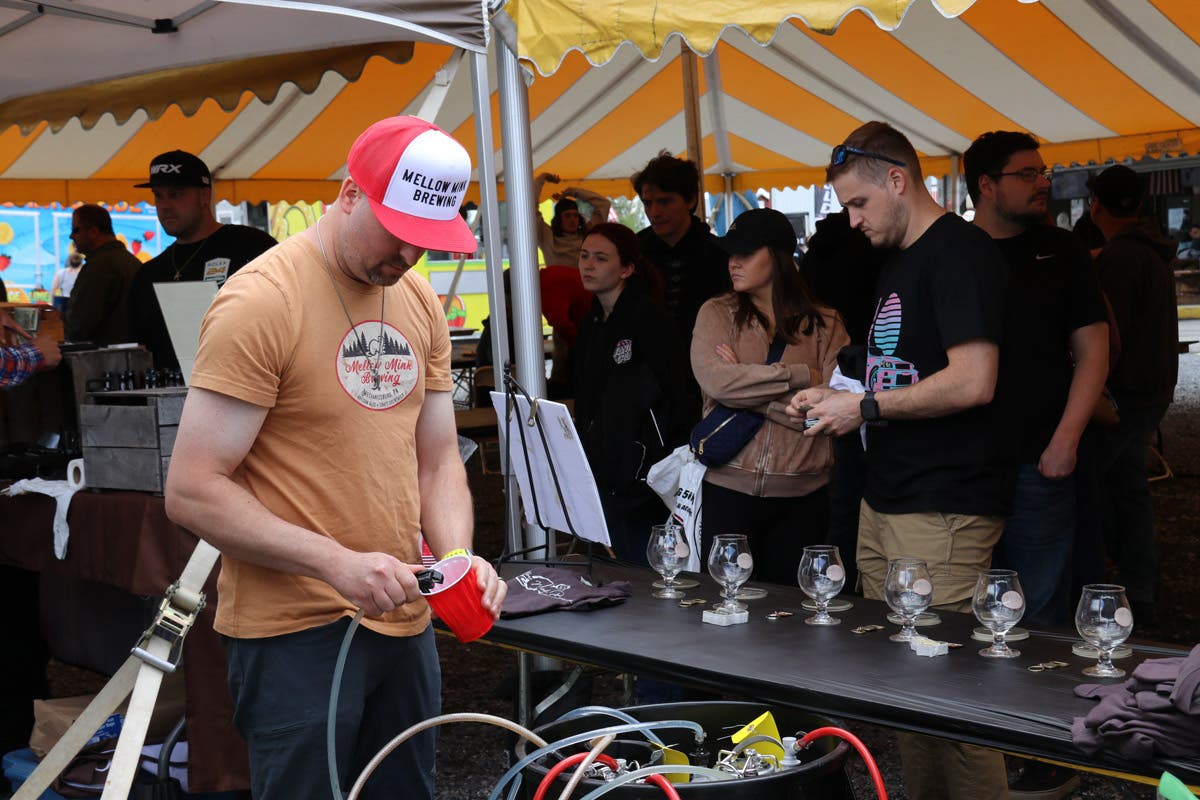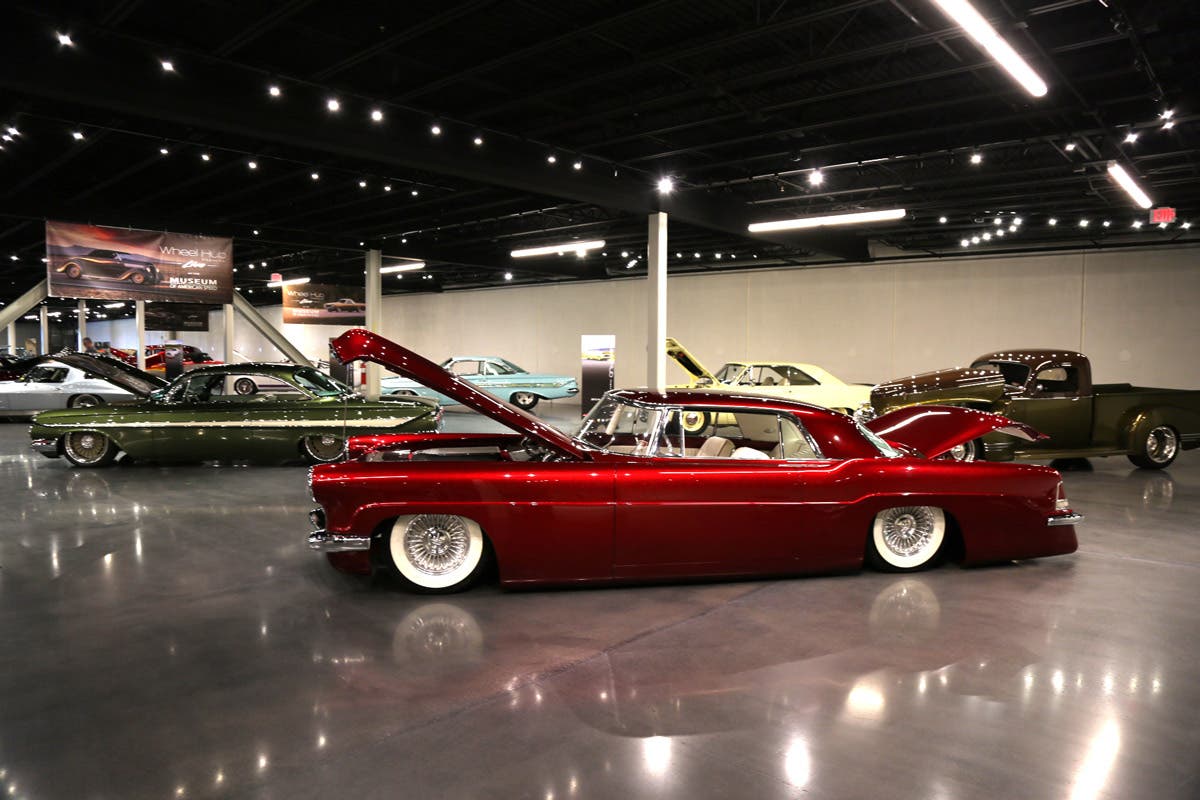The Mighty Mini
By Patrick R. Foster Some people know them from the streets. Others know them best from the silver screen where they’ve been seen flying through the air, squealing around corners…
By Patrick R. Foster
Some people know them from the streets. Others know them best from the silver screen where they’ve been seen flying through the air, squealing around corners and even bouncing down stairs. It’s the internationally famous Mini seen in such films as “The Italian Job,” “Mr. Bean” and “The Bourne Identity.”
World’s second-most-influential auto
The Austin Mini is officially recognized by the Global Automotive Elections Foundation as the second-most-influential automobile of all time (the first being the Ford Model T, naturally). It is, without a doubt, the most significant car imported to the United States. Unlike the better-selling VW Beetle, the Mini changed the way small cars are constructed, and it ushered in a whole new era of automotive engineering that continues today. It’s fair to say that while the Ford Model T changed the way cars are assembled and built, the Mini changed the way they are designed and engineered. It’s unlikely another such profound revolution in design will take place anytime soon, and that includes the current shift to electric cars.
The Mini was a product of the Austin Motor Co. Limited of Longbridge, Birmingham, England, a division of British Motors Corporation (BMC). BMC had been formed in 1952 by the merger of Austin with the Nuffield Group and it marketed cars under the Austin, Morris, Wolseley, MG and Riley brand names.
Designed by Greek/British engineer Alec Issigonis, who’d been hired by BMC partly due to his success racing Austins in the UK, the Mini came about because of a severe fuel shortage caused by the Suez Canal Crisis of 1956. When fuel supplies became rationed in England, sales of larger cars slumped while sales soared for the so-called “bubble cars” such as the German Isetta and Messerschmidt. Upset by the success of what he considered inferior products, Leonard Lord, the head of BMC, instructed Issigonis and his team to design an innovative new small car that measured no more than 10 feet long and 4 feet wide with at least 6 feet of that length dedicated to passenger and cargo space. Those severe engineering restrictions led Issigonis to create a breakthrough drivetrain design that integrated the cast-iron Austin 850cc four-cylinder engine with a combined transmission/drive axle (a.k.a. transaxle). The result was one very compact unit that saved weight and space while providing the superior traction benefits of front-wheel drive. Indeed, the power unit was so fully integrated that the transaxle was lubricated by the same oil as the engine. Liberated from the need to provide underfloor room for a driveshaft, Issigonis was able to reduce overall height to a mere 4 feet, 5 inches, while maintaining excellent headroom.
Styling was simple and very pleasant with rounded corners and large windows for excellent visibility (as well as to reduce claustrophobia in the little car). The wheels were pushed out to the four corners to maximize interior room, but the extra width incorporated into the design also gave the Mini a more aggressive stance than most other economy cars while also boosting cornering ability. To increase usable interior width, sliding door windows were specified, thus allowing for single-skin doors; in other words, the outer door skin and the inner were the same piece of metal. That was great for interior room, but not very good in a side-impact collision!
If you’re familiar only with the modern Mini, your first look at an original will probably shock you because these are extremely small cars. Indeed, put a new Mini next to a classic Mini and the new Mini may as well be a Cadillac Escalade in comparison.
Regardless, the classic Mini worked quite well as a basic transportation car and was spectacularly successful in the UK. Introduced in August 1959, the Mini was originally marketed as the Austin Seven and the Morris Mini Minor. In addition, variations were later marketed as the Wolseley Hornet and Riley Elf. From 1961 to 1976, a licensed variant was also produced in Italy as the Innocenti Mini. Most people have come to refer to the original mainly as the Austin Mini, and that’s how most were sold. It arrived in America in 1960 as the Austin Mini 850. It’s base price was a mere $1295! That was a bargain many could not resist.
Key to the Mini’s success is its overall clever design. For instance, to ease entry and egress from the rear seat, Issigonis designed the front bucket seats to tilt forward, providing plenty of room to maneuver in and out of the back seat. The doors open extra wide, also aiding entry and exit. The hood was made full width in order to allow plenty of room for mechanics to easily service the power train. As BMC noted in the introductory brochure, the “S.U. carburetor, tappets, radiator, distributor, dynamo, sparking plugs, hydraulic reservoir, clutch adjustment — in fact almost everything of a mechanical nature requiring periodical attention — is there beneath the bonnet (hood).”
The 850cc (51.7-cubic-inch) four-cylinder A Series Austin engine with three main bearings was rated at a mere 37 hp. That doesn’t sound like much, but in a vehicle weighing just 1288 lbs., it was enough. Hooked up to a standard four-speed transmission (with synchro on second, third and fourth gears), acceleration from 0-60 mph took 26.5 seconds. Sure, that’s slow, but it was a bit better than a contemporary Volkswagen Beetle. A top speed of 75 mph was possible, which was a good 10-15 mph better than the Bug. Superior fuel economy of 50-plus miles per gallon was the reward for the small engine and modest performance.
With a short 80.2-in. wheelbase, the Mini was also highly maneuverable. The four-wheel independent suspension utilized four-wheel shock absorbers along with unusual compact rubber cones instead of conventional springs. Built into the subframes, the rubber cone system gave a somewhat harsh ride but the cones’ rigidity, combined with the wheels’ positioning at the corners of the car, gave the Mini go-kart-like handling. Front disc brakes were standard equipment as were drums on the rear. The road wheels were 10 inches with four lug nuts holding them on. Tires were miniscule Dunlop 5.20 x 10 tubeless specially designed for the Mini.
Recognition of the unique design came instantly. In 1959, BMC and Alec Issigonis won the Dewar Trophy for the design and production of the Mini.
Long live the Mini
The Mini enjoyed amazing longevity with production running from 1959 to 2000 with mostly minor changes. In 1962, a high-performance Mini Cooper model was added; it was priced at $1725 and offered 55 hp courtesy of a displacement increase to 997cc and the use of dual carburetors and higher compression. A Mini station wagon also joined the line.
The 1965 model year saw a change to a Hydrolastic suspension and the addition of a Cooper Sperformance model with a 1275cc engine and 78 hp — more than double the original power! However, U.S. interest in the tiny car was shrinking and 1967 ended up its last official year of importation to the United States. It was replaced by the similar looking but substantially larger Austin America. Still popular overseas, the Mini soldiered on for another 33 years in the UK and other markets. It did especially well in Japan where its small size was well appreciated.
The Austin Mini is a superb collector car because it doesn’t take up much garage room, parts are generally available, fuel economy is unbeatable and they are very fun to drive. They’re also fairly easy to find, as many people continued to bring them into the United States even after official importation ended. Good hunting!








